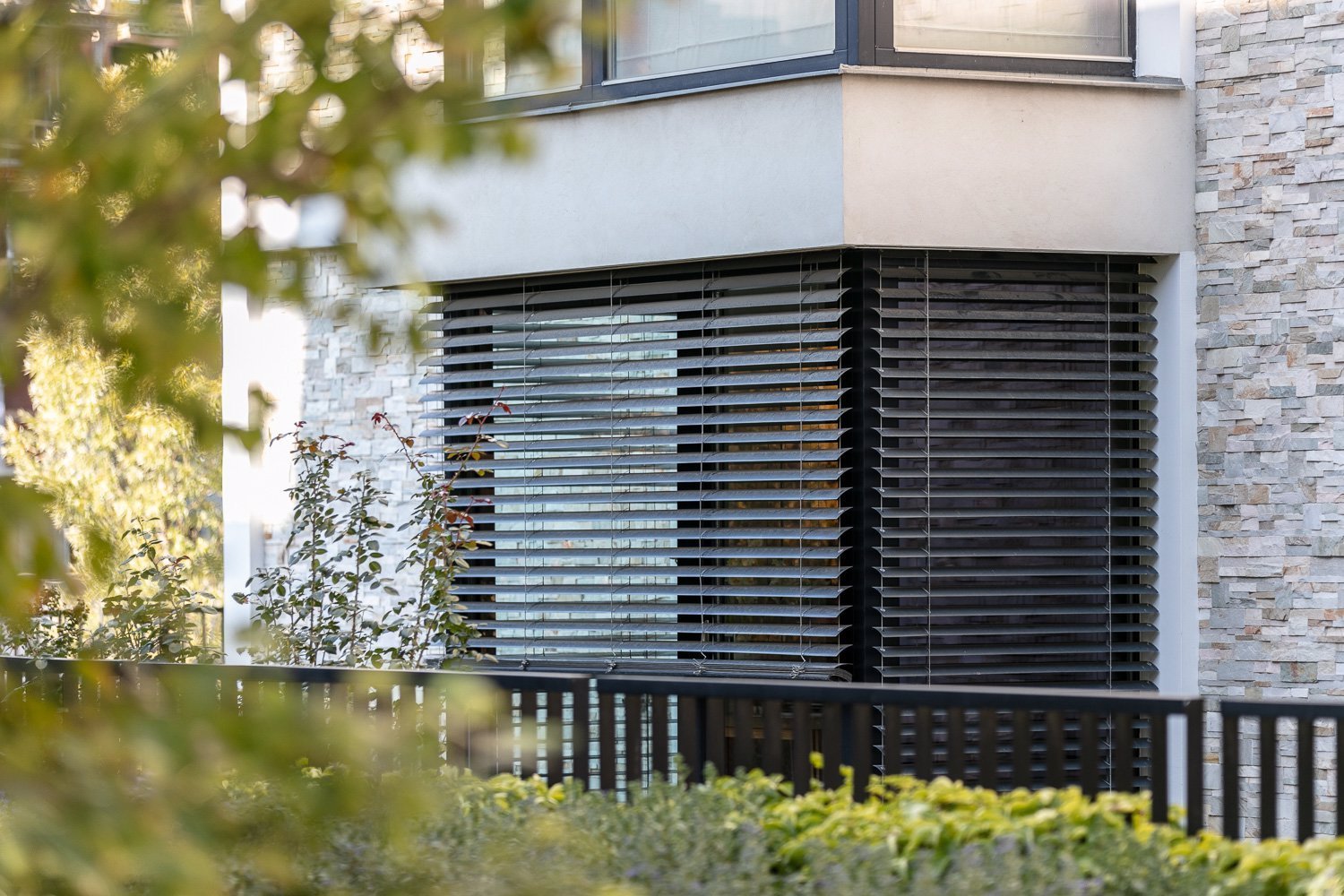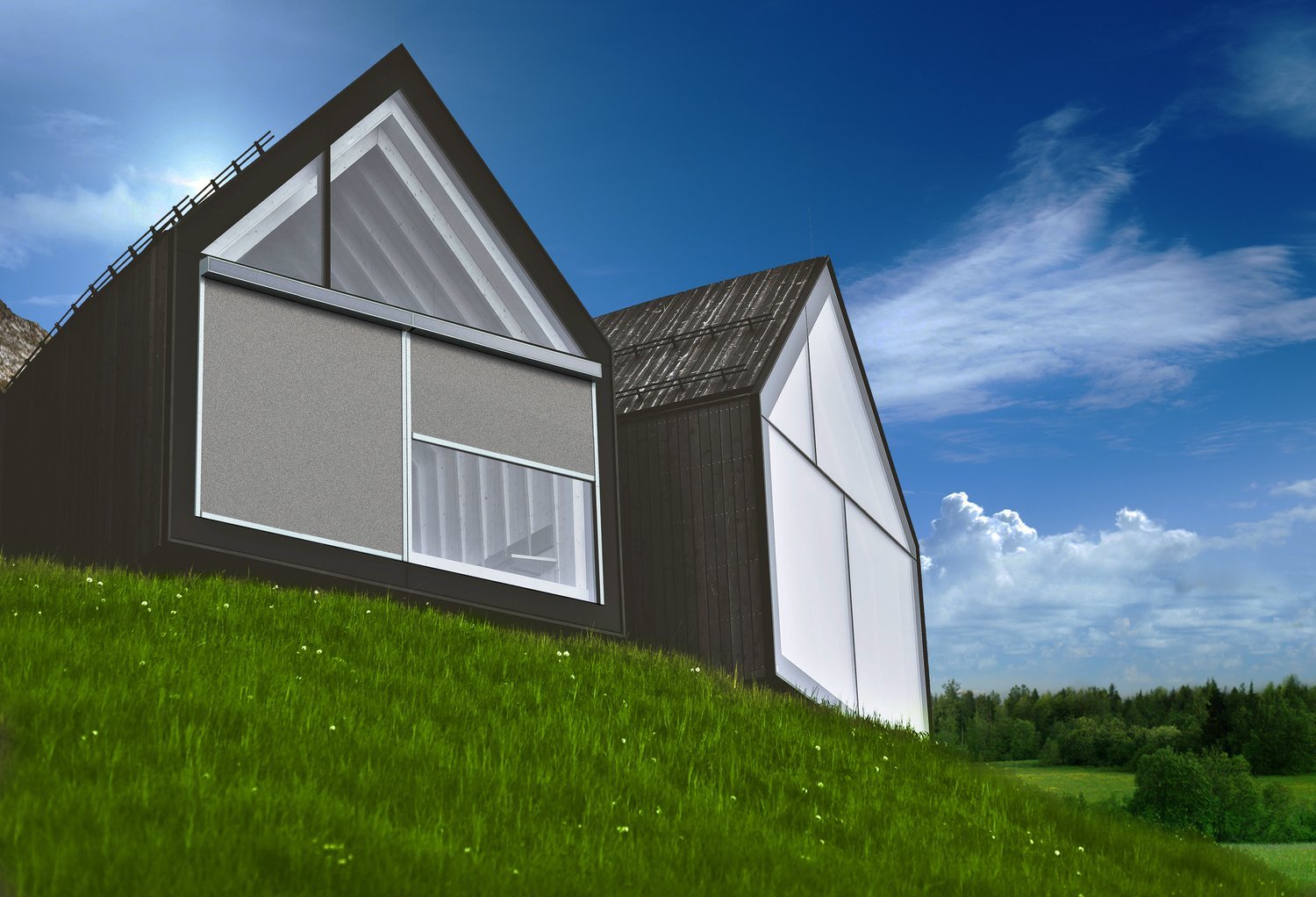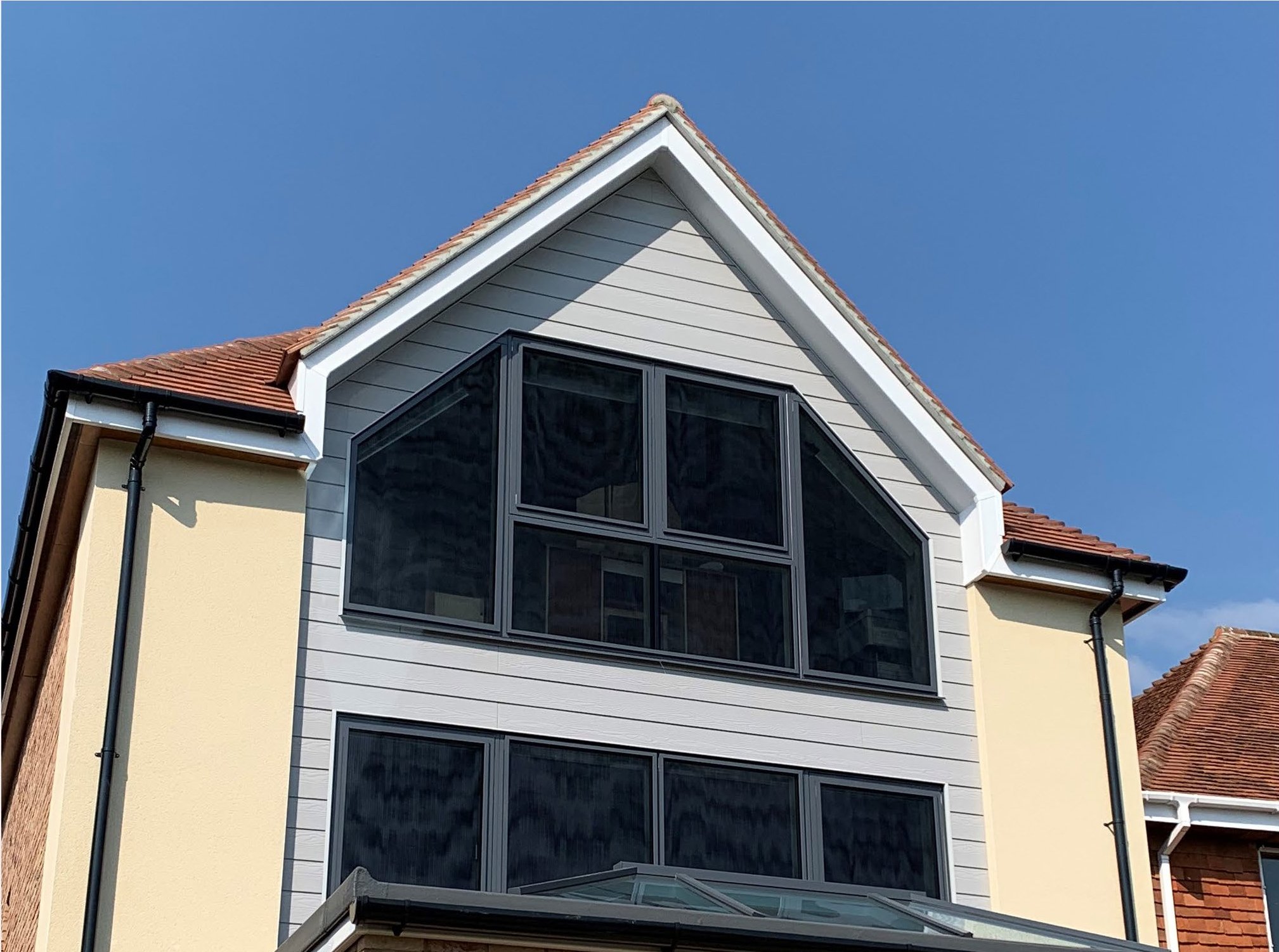How Effective is External Shading?
Why should you choose external shading?
When interior shading is used, the heat that is absorbed by the blind, shutter or curtain is then trapped by the glass as long wave energy cannot pass through glass (the greenhouse effect) and the heat builds up.
Conversely, when using an external shading product the absorbed heat is radiated away externally thus massively increasing the effectiveness.
Protecting your inner sanctum
We're never satisfied with what Mother Nature throws at us - too cold in the winter, way too rainy in springtime, and now it feels like we've been burning up for far too long from the rising heatwaves in the UK. Take some relief from the heat by blocking out those pesky UV rays with external shades. Shades can be custom-made to fit any window that faces the sun for hours on end--your conservatory, a green house or even an orangery.
How do exterior shades work?
Exterior blinds deal with the sun's energy before it has the chance to touch window panes. They maintain a cooler temperature inside and provide comfort for occupants. This type of shade solution is the best on the market and can be tailored to fit your decorating tastes and furniture preferences. The beauty of exterior shades is that they prevent solar rays from passing through glass, preventing an increase in indoor heat levels. Classic vertical blinds installed on an interior surface trap solar radiation between themselves and the window pane - which affects indoor air temperature.
The external shading blocks out any unwanted rays of sunshine from entering a room, which is especially handy if you are spending time there. It also protects furniture and other items inside the house by making them less likely to crack or fade. If you choose to install it on your conservatory, window sills, or walls; you'll find that external shading comes with an easy-to-use remote control.
External shading can even be programmed alongside a comfort mode, with automated smart technology. In addition, fabric made for exterior installation ensures durability against harsh winds and heavy rains while tightening around each door/window frame thanks to special fittings meant only for exterior use
Stats & Examples
The following figures demonstrate (under laboratory conditions*) the performance of various external shading products:
TS = the amount of Solar transmission (energy that passes through the product) The lower the number the better. NB: a TS value of 0.8% means that 99.2% of the sun’s energy is prevented from entering through the glass.
*These figures are calculated in laboratory conditions and peer reviewed (so that they can be corroborated). In the “real” world, external shading will actually reduce heat gain by 90-97% depending on product and colour.
Examples
Assuming Black fabric/louvre…
External Screen roller with 1% Openness factor:
TS = 0.4% (NB: this increases to 0.8% for dark grey and 13.6% for white)
External Screen roller with 3% Openness factor:
TS = 2.6% (NB: this increases to 3.7% for dark grey and 18.9% for white)
External Venetian Blind or Sunshield Tiltable Louvre (slats open)
TS = 7%
External Venetian Blind or Sunshield Tiltable Louvre (slats closed)
TS = 0.1%
Awning:
TS = 0.3% (NB: this increases to 0.7% for dark grey and 28.5% for Pearl/white)
The answer to ‘how effective is external shading?’
VERY! And way more effective than internal shading which, in any case, doesn’t comply with the requirements of Part O of Building Regulations for new build properties.
Here are some sustainable and innovative exterior shading products you may want to consider for your home shading solution…
Tiltable Louvres
Exterior louvres are a beautiful feature for new build homes. They provide unique light and shading control…
Vertical Zip Screens
Vertical screens are a proven, effective way of reducing internal heat gain and are ideal for large glazed patios
MicroLouvre® Screens
Provide exceptional heat gain reduction, directional light diffusion and glare control. Designed to be installed onto the building’s facade, MicroLouvre® helps diffuse sunlight before it enters the space.
Awnings
Our range of beautiful awnings are designed for keeping your home cool to enjoying al-fresco dining. We supply and fit patio, vertical and conservatory shading solutions.
We hope you found this article useful. For more information on our external shading products please get in touch with us.
External Louvres
Exterior louvres are a beautiful feature for new build homes. They provide unique light and shading control…
Vertical Screens
Vertical screens are a proven, effective way of reducing internal heat gain and are ideal for large glazed patios
Exterior Venetians
Exterior blinds create an optimal environment regarding light and temperature conditions and increase energy savings.
MicroLouvre® screens
Provide exceptional heat gain reduction, directional light diffusion and glare control. Designed to be installed onto the building’s facade, MicroLouvre® helps diffuse sunlight before it enters the space.
Solar Powered Pergola
The powerful solar pergola offers a versatile solution for your home and garden space. With its sleek and majestic design coupled with solar powered photovoltaic panels, this pergola is the ‘green queen’ of exterior solar powered technology.
Awnings
Our range of beautiful awnings are designed for keeping your home cool to enjoying al-fresco dining. We supply and fit patio, vertical and conservatory shading solutions.











